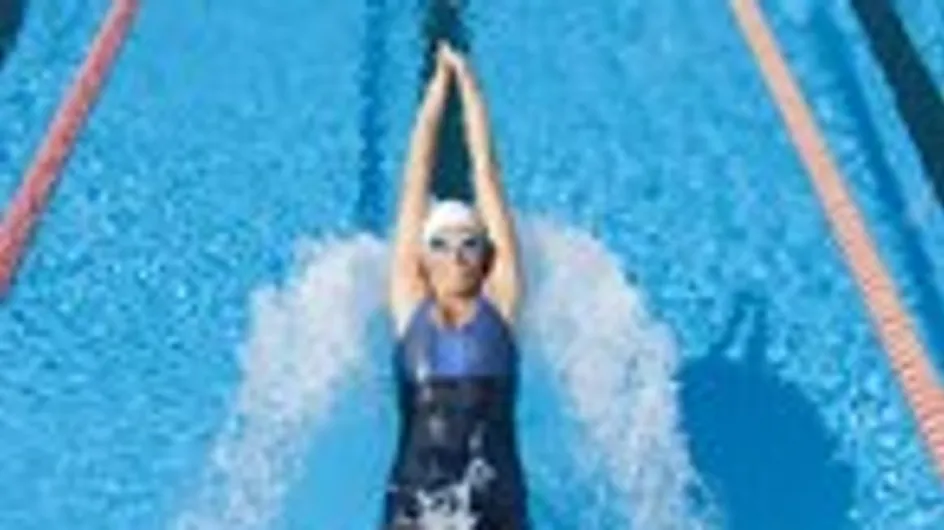Swimming is one of the best all-round sports you can do. Here's our guide to getting the most out of it.
The four strokes
Swimming is a huge Olympic sport. 50m or 25m pools are the most popular. There are four main strokes: breast stroke, fly, front crawl - or freestlyle - and back stroke. Each has its own different technique, rhythm and breathing pattern. Swimming front crawl or back stroke involves kicking the legs, while breast stroke has a frog-like motion, and fly a butterfly, rolling motion. Competitive swimming also includes diving and tumble-turns. The four strokes can be combined in medley races (100m or 200m of each stroke, for example).
The benefits of swimming
-It strengthens all the muscles. To move well and get the right position in the water, you have to work all the muscles in the body.
-It improves blood flow. Like other sports, swimming aids the flow of blood in the legs thanks to the alternating contraction and decontraction of the muscles. The horizontal position, coolness and water pressure also help to drain oedema from the legs.
-It sculpts your body. Swimming uses all your muslces and lengthens the muscles, as well as burning lots of calories (200-600 kcal per hour). And after around 40 minutes it starts attacking your fat reserves. Swimming is fabulous for weight loss!
-Swimming reinforces your cardio-respiratory system, gently muscles your heart and strengthens your lung capacity. And it's a good sport for asthmatics, because the steam off the water creates a humid environment.
-lt's easy on your joints. You're practically weightless in the water, it's non-impact and it's difficult to get injured.
-It develops coordination. Swimming is a technical sport with a unique motor dissociation between the movement of your arms and legs and the rhythm of your breathing.
-It's relaxing. Swimming produces happy endorphins, a sensation of weightlessness and that relaxing feeling that comes from being immersed in water.
Drawbacks
-Boredom. Doing length after length can sometimes be dull and make the time drag.
-A V-shape. If you swim a lot and intensively, you can develop a very muscular upper body (arms and shoulders), which can round your back and make your figure top-heavy.
-Backache. If you don't use the correct technique or you breathe with your head too far out of the water, you arch your back and this hurts your lumbar spine.
-Chlorine. It smells bad, it's not great for your skin or hair and it damages your cossie!
-Motivation. Donning your swimming costume and coming out of the pool with wet hair in December isn't for everyone!
Advice
-Have some lessons. There's no point in going unless you've got the right technique, and after a few lessons you'll be able to vary your strokes and follow a programme.
-Accessorise! Boards, flippers, flipper gloves and all sorts of swimming aids can improve your technique, make specific muscles work harder, let you do different exercises and vary your repertoire.
-Stretch! It's particularly important to stretch your upper body to lengthen the muscles and stop you looking like a bodybuilder or give you a rounded back.
-Do land training as well: walking, running or cycling, for example, will harden your muscles too.
-Hydrate. You still sweat in the water!
More information
Ask about lessons and timetables at your local pool. Swimming isn't expensive, and if you're a regular user it might be worth getting an annual subscription. Most pools also offer lessons for adults, and progress is rapid! For details on swimming clubs, visit the British Swimming Association website at www.britishswimming.org. Even if you suffer from aquaphobia, there are beginner classes available to get you in the water and moving!













